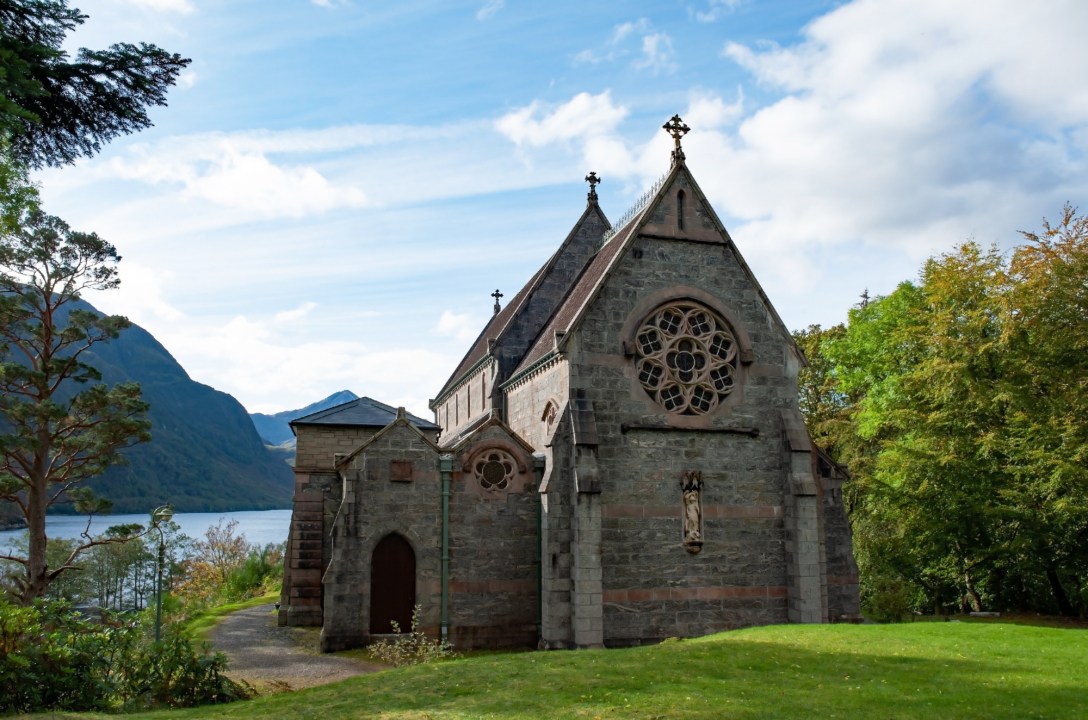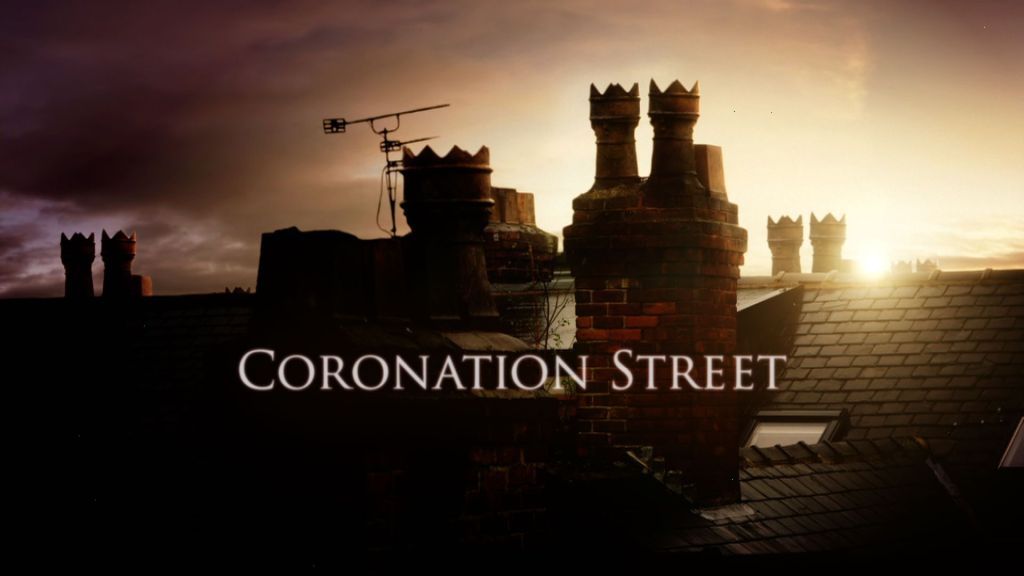My memory is that October is cold in Sutherland in the Highlands of Scotland. Come to think of it, my memory is that June can be cold too.
Nature might well abhor a vacuum, but whether anything can convincingly fill the one left by the Kirk’s role in Scottish life remains to be seen
As a child, I was taken there a few times in half-terms by my Grandmother, to go and look at faded headstones with my surname on them. I suppose she thought it important to show me my windswept origins. Pictures show a little boy and a formidable woman in closely wrapped raincoats standing by grey stone and mossy clad churches. It all felt like a very alien aesthetic to the Romney Marsh where I had grown up and so I often struggled to describe it all in the holiday diaries which school made us keep. As others wrote of trips to Disneyworld or the beaches of Europe, I struggled to find similes for ‘rain’.
Then, a decade later, when made as an undergraduate to study Scotland’s greatest forgery, Macpherson’s poems of Ossian, one image took me right back to those childhoods romping through the grey-green of Clan Gunn country:
‘“Whose fame is in that dark-green tomb?” began the king of generous shells: “four stones with their heads of moss stand there. They mark the narrow house of death.”’
These words and that image came to me again recently when I returned to Scotland to research my book, Twelve Churches. I sought to try and discover how it was that – in contrast to places where Christianity has revived or clung on in the face of persecution – Scotland had lost its faith. My research took place during one of the largest divestment of properties in the Kirk’s history. It represents a removal of Christianity from physical space which makes the Dissolution of the Monasteries look like an episode of Escape to the Country.
The Old High Kirk in Inverness, a place of worship which claims to be founded by St Columba and has parts dating back to the 14th Century, remains on the market for a paltry £150,000. The Kirk in Braemar has been sold to a hotel chain. The Mither Kirk of Aberdeen wasn’t even sold but handed over wholesale to Scot Art, a charity who, plump with quango-cash, intend to ‘return it to the heart of the community, not by faith but with a mix of cultural and third sector services’. A narrow house of death indeed.
It’s all a depressingly far cry from the titanic force that the Kirk once was in the life of Scotland. Her tenets shaped the landscape and life of Scotland. Her theologians and biblical scholars were some of the finest in the whole Church, combining Reformed seriousness with Scottish historical passion. She developed an austere beauty of her own – from St Giles in Edinburgh to the wild, small churches of the Isles. She spoke of Calvinism as having the potential to draw ordinary people to know and love God on its own, simple terms. Much of that is now gone.
Yet the decline of the Kirk isn’t only – or even mostly – about theology. The fact that it never embraced pomp – or, arguably, pomposity – with quite the same enthusiasm as the English Church obscured its centrality to Scottish identity, particularly for a quiet majority, often but not exclusively of a Unionist flavour. That this identity has fragmented at the same time as identification with the Kirk has faded is no coincidence. There has been a knock-on effect on the theoretical civic space as well as the physical one. In its place there have been attempts to forge a ‘civic nationalism’ based on unconvincing tweeness. This indicates a religious crisis as much as a political one. Nature might well abhor a vacuum, but whether anything can convincingly fill the one left by the Kirk’s role in Scottish life remains to be seen.
Of course, the Kirk isn’t quite gone yet. Enthusiasts for its asset stripping will doubtless talk about becoming a smaller but holier church, closer to the actually vision of Christ. Decline will be spun as opportunity. But it doesn’t work like that. What once was an organisation capable of fulfilling Christ’s great commission or his golden rule to love our neighbours as ourselves, is reduced, by such an attitude, to a club, for the increasingly elderly and interrelated, secure in its introversion and unchallenged in its faith.
None of this is written in joy or gloating. There are Christians who rejoice in seeing ‘wrong’ believers wither on the vine. I am not one: the reduction of the Kirk into a rump diminishes Christendom as a whole.
It also sets an alarming warning signal for other Churches – and despite what some think, there is no exception to that. It is specifically worrying for the Church of England. What has done for the Kirk is a similar attitude that lay behind the Archbishop of York’s call for England’s state church to be ‘simpler, humbler, bolder’. For those not fluent in what is known as Lambethese, what this actually means is the sale of churches, the amalgamation of parishes and the diminishment of the Church’s mission.
Yet despite the best efforts of ecclesiocrats, people are still drawn to the great story of the love of God found in Jesus Christ. The numbers now back up what many clergy report anecdotally, namely that there are the stirrings of a revival happening. Our national churches do not have an automatic right to be the beneficiaries of that any more. But if they do want to, then now would be the very worst time for the English Church to follow the Scottish Kirk’s example and embrace a vision of the Church divorced from place, history and the fullness of the faith. After all, contra Ossian, what Christianity teaches is that God calls the Church to be more than ‘a narrow house of death’.








Comments